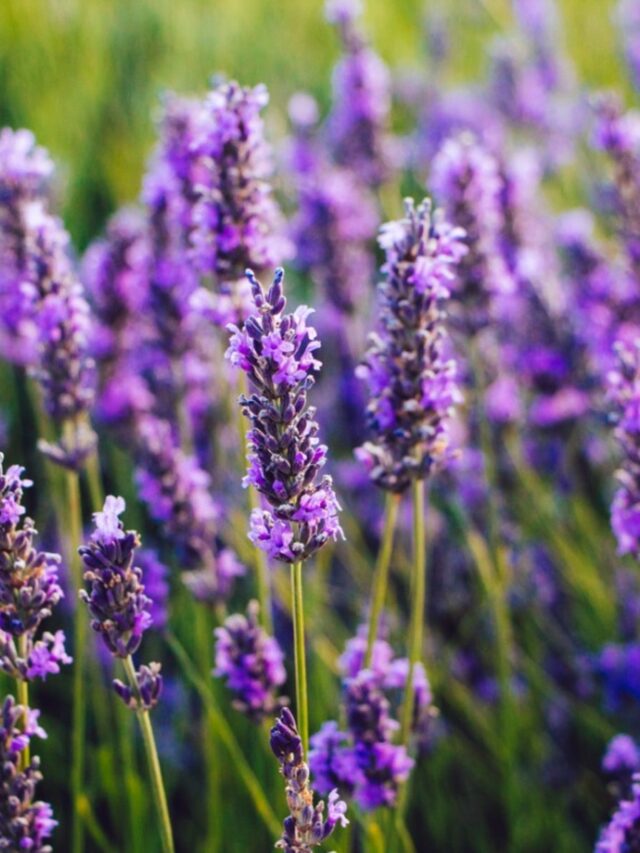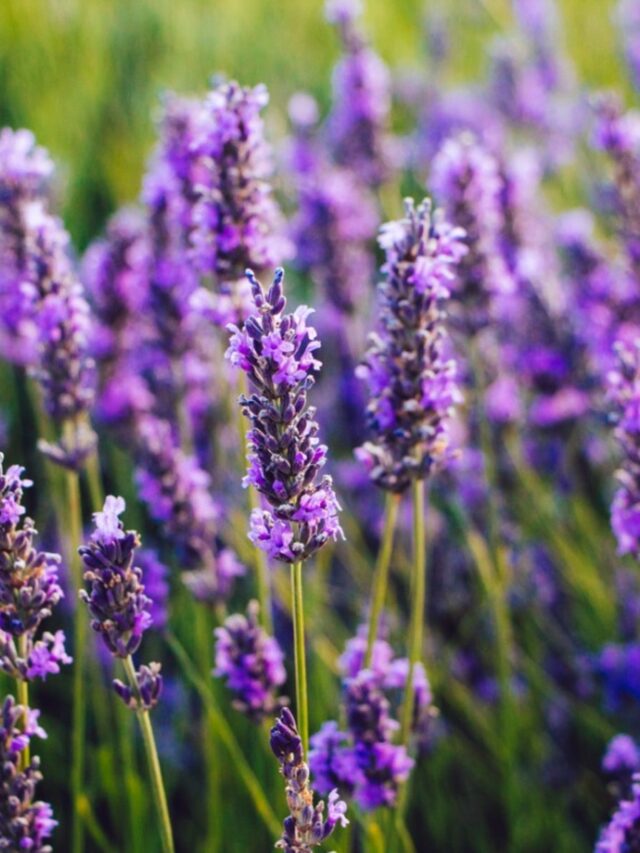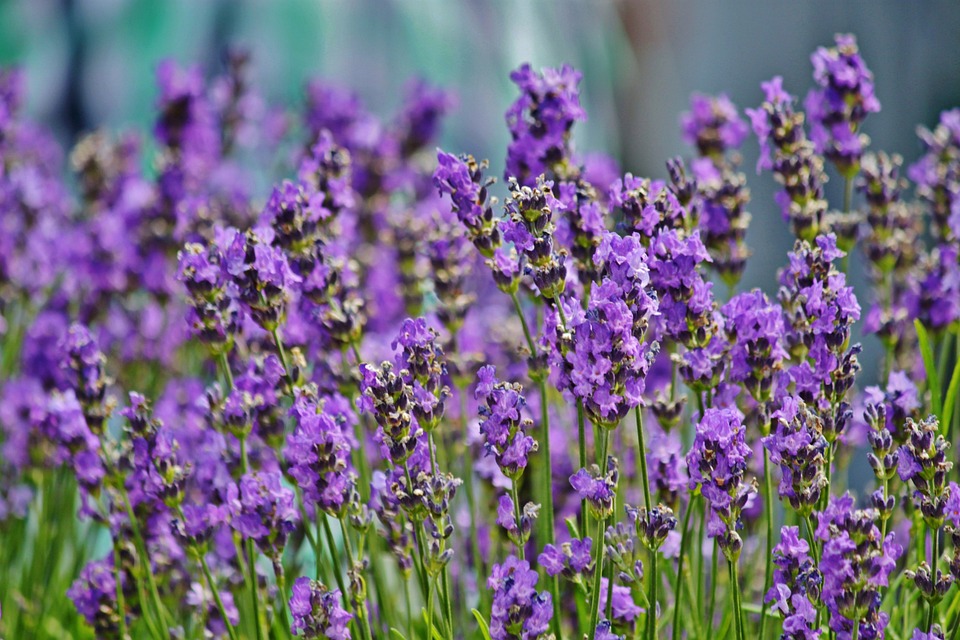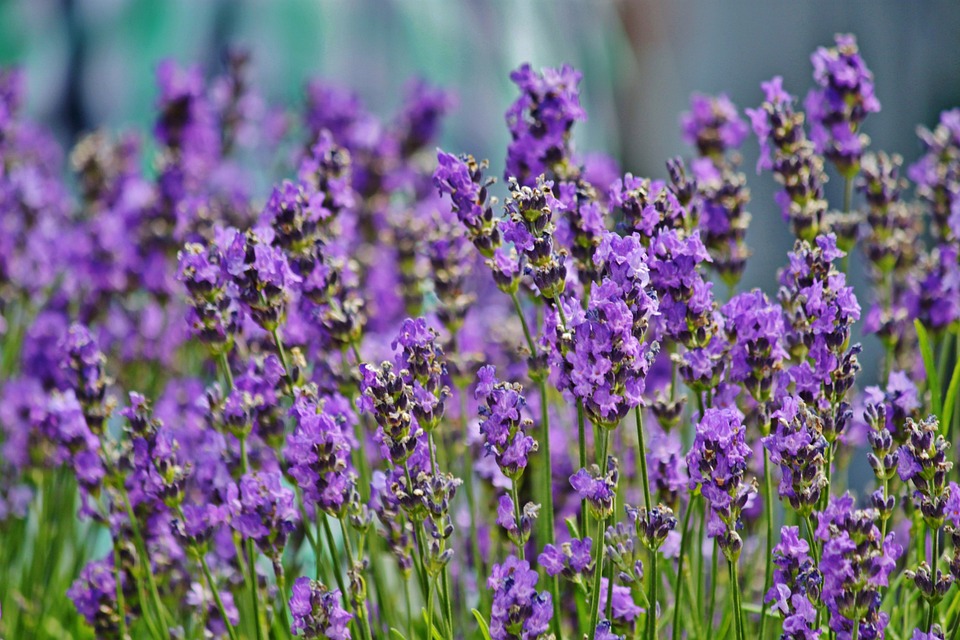Gardening in a cold climate presents unique challenges, but with the right selection of perennial flowers,
you can create a vibrant and colorful garden that thrives despite the chilly temperatures.
Perennial flowers are plants that return year after year, bringing beauty and structure to your garden.
They are hardy and able to withstand the harsh conditions of colder climates, making them a reliable choice for gardeners in regions with cold winters.
Whether you’re looking to add pops of color, attract pollinators, or create a low-maintenance garden, there are many perennial flowers suited to cold climates.
Here, we explore some of the best options for creating a stunning cold-climate garden.
Lavender (Lavandula)

Lavender is not only prized for its aromatic foliage and flowers but also for its resilience in colder climates.
It thrives in well-drained soil and full sun, making it perfect for rock gardens, borders, or as a fragrant addition to any garden.
Varieties like English lavender (Lavandula angustifolia) are particularly hardy and can survive freezing temperatures with proper winter care.
Coneflowers (Echinacea)

Coneflowers are known for their daisy-like flowers with prominent centers, which come in shades of purple, pink, and white.
These hardy perennials attract pollinators and are drought-tolerant once established, making them ideal for cold-climate gardens.
They bloom from mid-summer to fall, adding color and interest when many other plants have finished flowering.
Daylilies (Hemerocallis)

Daylilies are reliable perennials that thrive in cold climates and come in a wide range of colors and sizes.
They are low-maintenance and can tolerate a variety of soil conditions, although they prefer well-drained soil.
Daylilies bloom in summer and are known for their trumpet-shaped flowers that last only one day but are produced in clusters over several weeks, providing continuous color in the garden.
Siberian Iris (Iris sibirica)
Siberian iris is a hardy perennial that produces delicate, iris-like flowers in early summer.
They are tolerant of cold temperatures and can thrive in both full sun and partial shade.
Siberian iris plants are clump-forming and require minimal maintenance once established, making them a popular choice for cold-climate gardens.
Black-Eyed Susan (Rudbeckia)

Black-eyed Susan is a cheerful perennial flower with bright yellow petals and dark brown centers.
It blooms from mid-summer to early fall, attracting butterflies and other pollinators.
Black-eyed Susans are drought-tolerant and can thrive in colder climates with well-drained soil and full sun,
making them a popular choice for borders and wildflower gardens.
Bleeding Heart (Dicentra spectabilis)

Bleeding heart is a shade-loving perennial with unique heart-shaped flowers that dangle gracefully from arching stems in late spring to early summer.
It prefers cool, moist soil and partial shade, making it well-suited for colder climates where summers may not be excessively hot.
Bleeding heart adds a touch of elegance and charm to woodland gardens or shaded borders.
Peony (Paeonia)

Peonies are beloved for their large, fragrant blooms that appear in late spring to early summer.
They come in a variety of colors, including white, pink, and red, and thrive in cold climates where they benefit from a period of winter chill.
Peonies prefer well-drained soil and full sun, although they can tolerate some shade.
Once established, peonies can live for decades, making them a long-lasting investment for your garden.
Astilbe (Astilbe)

Astilbes are shade-loving perennials with feathery plumes of flowers that bloom in summer.
They come in shades of pink, red, white, and lavender and are well-suited to moist, well-drained soil in partial to full shade.
Astilbes add texture and color to shady spots in cold-climate gardens and are also deer-resistant, making them a practical choice for areas with wildlife.
Russian Sage (Perovskia atriplicifolia)

Russian sage is a drought-tolerant perennial with aromatic silver-gray foliage and spikes of lavender-blue flowers that bloom from mid-summer to fall.
It thrives in full sun and well-drained soil, making it an excellent choice for dry and sunny locations in cold climates.
Russian sage also attracts bees and butterflies, adding wildlife interest to your garden.
Veronica (Veronica)

Veronicas are low-growing perennials with spikes of blue, pink, or white flowers that bloom from late spring to summer.
They are tolerant of cold temperatures and prefer well-drained soil and full sun.
Veronicas are versatile and can be used in borders, rock gardens, or as ground covers, providing continuous color and texture throughout the growing season.
Tips for Growing Perennials in Cold Climates

Soil Preparation: Ensure your soil is well-drained and amended with organic matter to improve fertility and water retention.
Mulching: Mulch around plants in late fall to insulate roots and protect them from freezing temperatures.
Watering: Provide adequate water during the growing season, especially during dry periods, to help plants establish strong root systems.
Winter Protection: Some perennials may benefit from winter protection, such as applying a layer of mulch or covering with burlap during extreme cold snaps.
Dividing: Periodically divide and replant perennials to rejuvenate them and prevent overcrowding, typically every 3-5 years depending on the plant.
Creating a thriving garden in a cold climate is achievable with careful selection of hardy perennial flowers that can withstand the challenges of low temperatures and shorter growing seasons.
By choosing plants that are well-suited to your climate and providing proper care, you can enjoy a beautiful and resilient garden year after year.
Whether you prefer vibrant blooms, fragrant flowers, or wildlife-friendly plants, there are plenty of options to suit your gardening style and climate conditions. Happy gardening!






